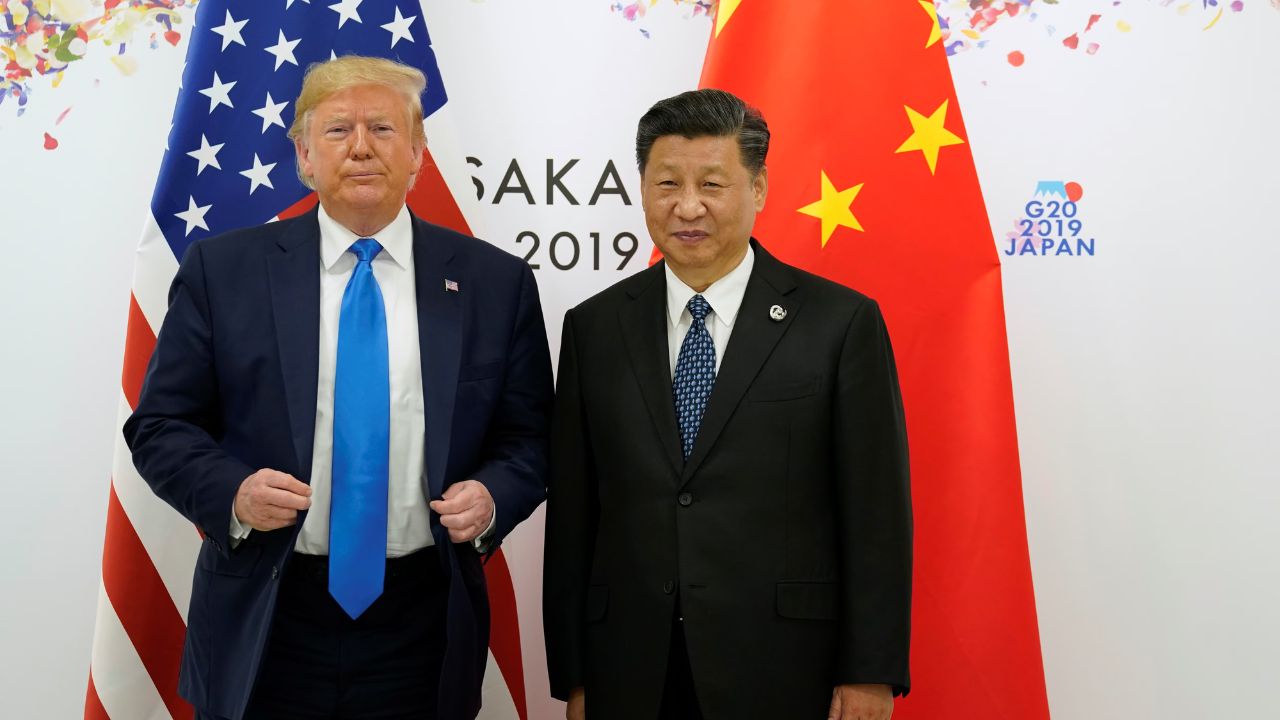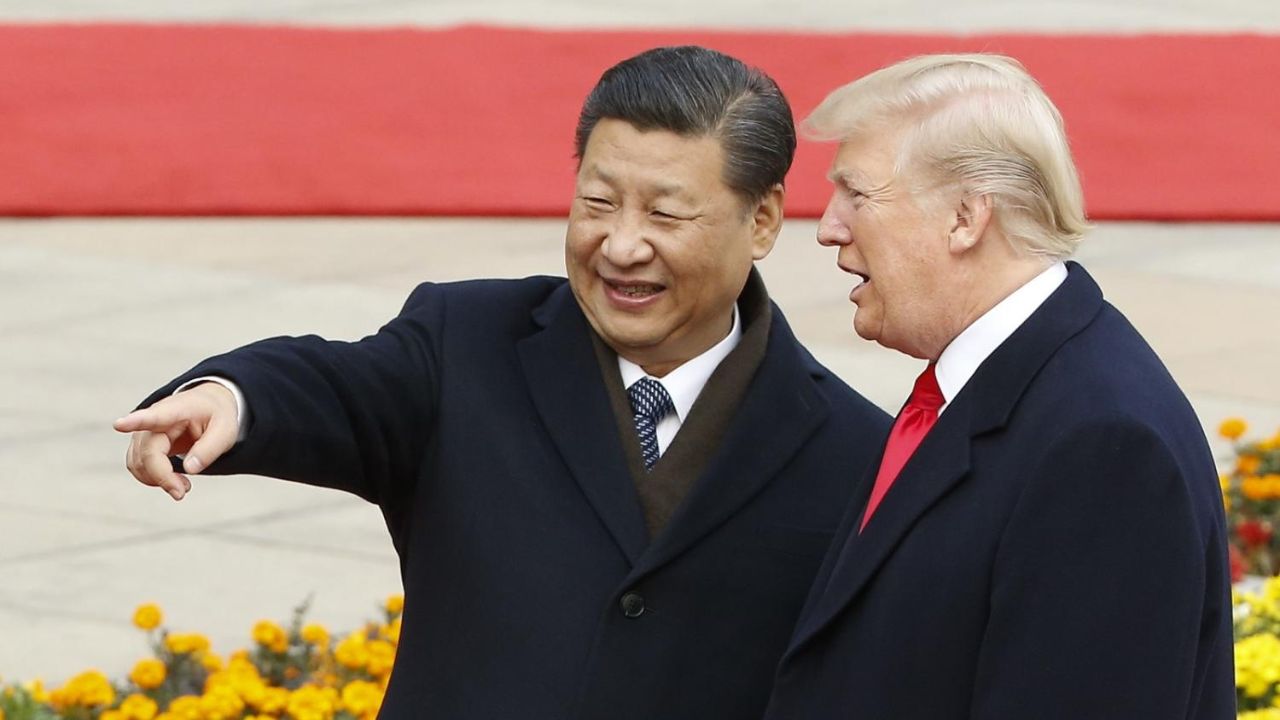 English
English

China has tightened export controls on rare earths and advanced chip technology, adding five new elements to its restricted list. The move, just before the Xi-Trump summit, intensifies global supply chain concerns and highlights rising US-China tech rivalry.

China plays another strategic move to pounce USA
New Delhi: China is the world's largest producer of rare earths, accounting for over 90% of the global supply. These elements are used in high-tech equipment such as electric vehicles, aircraft engines, military radars, and semiconductors.
On Thursday, China further tightened its rare earth export controls, adding five new elements—holmium, erbium, thulium, europium, and ytterbium. Additionally, several categories of rare earth processing technology were added to the control list.
Foreign companies will now also need an export license if they use Chinese rare earth materials or equipment—even if the transaction is not linked to China.
Donald Trump urges NATO to unite and impose 50-100% tariffs on China to end Russia-Ukraine war
According to China's new rules 14-nanometer or more advanced chips, memory chips with 256 layers or more, and equipment used in the production of such chips will now require special permission. Furthermore, no export licenses will be granted to foreign defense users.
This move has raised concerns in countries like the US, the European Union, and South Korea, all of which are trying to reduce dependence on the Chinese supply chain.
A White House official said that these restrictions were imposed without prior notice and reflect China's intention to increase its grip on the global technology supply chain.

Trump and XI Jinping likely to meet in South Korea
Shares of Chinese rare earth companies such as Northern Rare Earth Group and Shenghe Resources jumped 9-10%. Shares of US rare earth companies also rose, with Critical Metals Corp. jumping 17% and Energy Fuels jumping 11%.
These new sanctions have been implemented ahead of the Trump-Xi meeting scheduled for late October in South Korea. Analysts believe China aims to increase its pressure in negotiations with this move.
Donald Trump likely to meet Xi Jinping to reshape global diplomacy
According to experts, the world is now moving toward two different technological paths— On the one hand, China is localizing its supply chain. On the other, the United States and its allies are engaged in building alternative supply chains. This development clearly indicates that a new global competition for technology and resources has begun.